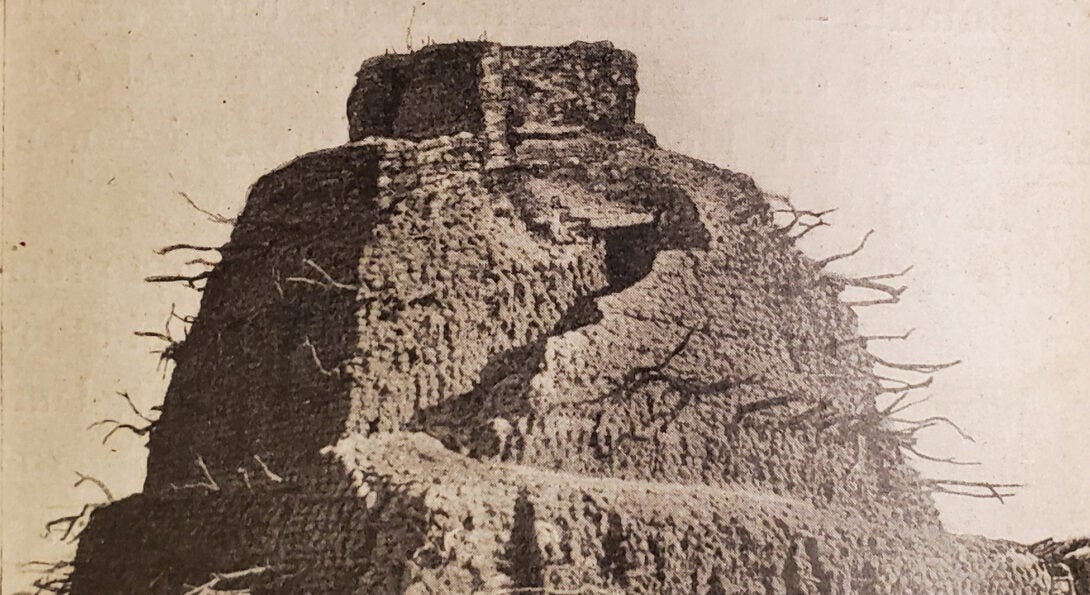Professor Mark DeLancey, “The Tomb of Askia Muhammad: Pilgrimage, Politics, and Colonial Myth”
Art History Colloquium
September 13, 2024
4:00 PM - 6:00 PM America/Chicago

The so-called “Tomb” of Askia Muhammad, an unusual and poorly studied stepped pyramidal mud-brick tower in the courtyard of an ancient mosque in Gao, Mali, is claimed to be the final resting place of the ruler of the Songhai Empire who came to power in 1493. Though grand, it has been argued that the adobe “Tomb” has deteriorated dramatically since the European explorer Heinrich Barth described it in 1854. Scholars have variously speculated that it reflects ancient Malian practices of constructing tumuli over the burials of rulers, a representation of pre-Islamic Songhai cosmology, or Askia Muhammad’s awed replication of the Great Pyramids of Egypt seen while visiting Cairo during his pilgrimage to Mecca in 1497-1498. Yet there is no evidence of a burial, and its identification as a tomb is disputed by the local population. There is also evidence that the building has not changed substantially at all since the 1850s. I propose instead that this structure was modeled after the Minaret of the Mosque of Ibn Tulun in Cairo as a reference to one of the last of the Abbasid Caliphs naming Askia Muhammad as his representative in West Africa. Resituating the “Tomb” as a political statement enables the overturning of common colonial myths regarding an African incapacity for innovation, of the Western Sudan as a surrogate for Ancient Egypt, of the awed African blindly (and largely unsuccessfully) imitating more sophisticated exemplars abroad, and of the necessity for Europeans to save Africa’s cultural heritage.
Mark Dike DeLancey is Professor of African and Islamic Art History and Chair of the Department of History of Art and Architecture at DePaul University. In the past, his research has focused primarily on architecture in Cameroon, but he has turned his attention lately to contemporary art in Mauritania and the Tomb of Askia Muhammad in Gao, Mali. He recently published “King Njoya’s Palace: Responding to Colonial Architecture in Cameroon” in the 2023 edited volume German Colonialism and Its Legacies: Architecture, Art, Urbanism, and Visual Culture. Forthcoming publications include “Calligraphy and Contemporary Art in Mauritania: Creating a Lost Identity,” in the edited volume Decolonizing Islamic Art in Africa and “Expressing Status: Permanence and Impermanence in the Architecture of Northern Cameroon” in the edited volume The Forgotten Canopy.
A Zoom link is available by request.
Date posted
Sep 4, 2024
Date updated
Sep 4, 2024